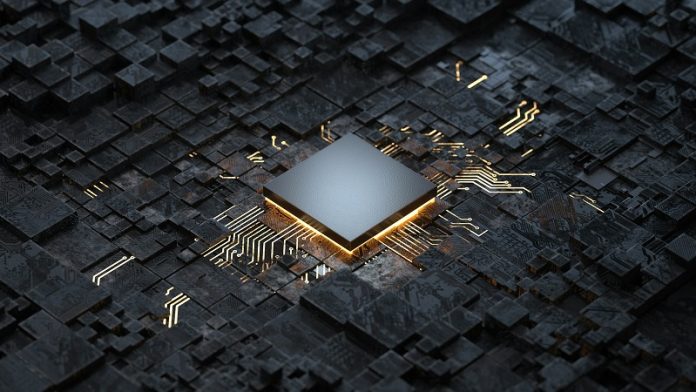
Scientists have made a groundbreaking leap in electronics by creating a diamond-based transistor, a tiny switch that controls the flow of electricity in devices.
This new kind of transistor can work in some of the toughest conditions imaginable—like the intense heat and radiation found near nuclear reactors.
The team from the National Institute for Materials Science (NIMS) in Japan developed what’s called an n-channel diamond MOSFET. MOSFETs are crucial parts of chips in computers and other electronics.
But until now, making one out of diamond—a material known for its toughness and ability to handle extreme environments—was uncharted territory.
Diamond is an extraordinary material not just for its hardness but also for its ability to conduct heat and electricity better than most materials used in electronics today.
Its “ultra wide-bandgap” means it can work under conditions that would fry regular silicon chips, making it perfect for use in places with extreme temperatures and high radiation levels.
To build a chip that can handle these harsh conditions, you need two types of transistors: p-type and n-type.
The p-type was already possible with diamond, but the n-type, which the NIMS team has just created, was the missing piece of the puzzle.
Their success hinges on a new way to make diamond that includes a tiny bit of phosphorus. This gives the diamond the properties needed to act as an n-channel, controlling electricity flow in a new and efficient way.
The team crafted a diamond layer so smooth at the atomic level that it could efficiently conduct electricity, topped with another diamond layer doped heavily with phosphorus to reduce resistance.
The new diamond transistor doesn’t just work; it works incredibly well, especially in hot conditions up to 300°C (572°F).
Its performance, measured by how quickly it can move electrical charges, was impressive, showing that diamond could be a game-changer for electronics that need to operate in extreme environments.
This innovation opens the door to developing advanced electronics that can do more with less energy, last longer, and withstand conditions that would destroy conventional devices.
Think of more efficient power systems, advanced sensors that can monitor dangerous environments, and even new kinds of electronics that we haven’t imagined yet, all thanks to the toughest material on Earth: diamond.



